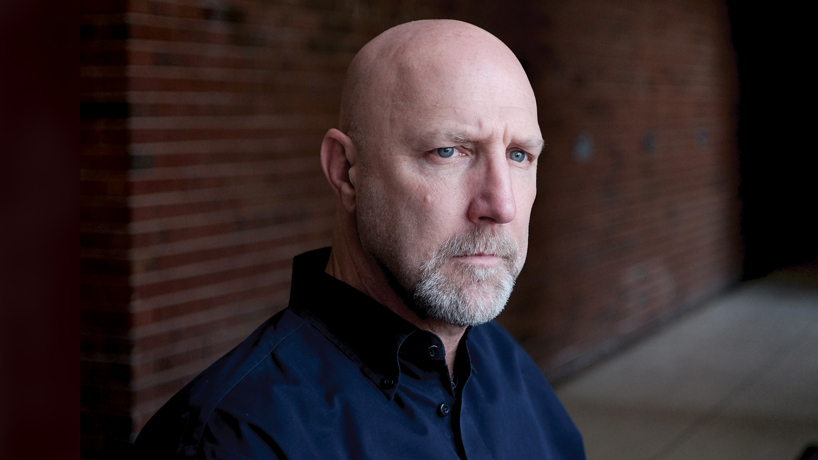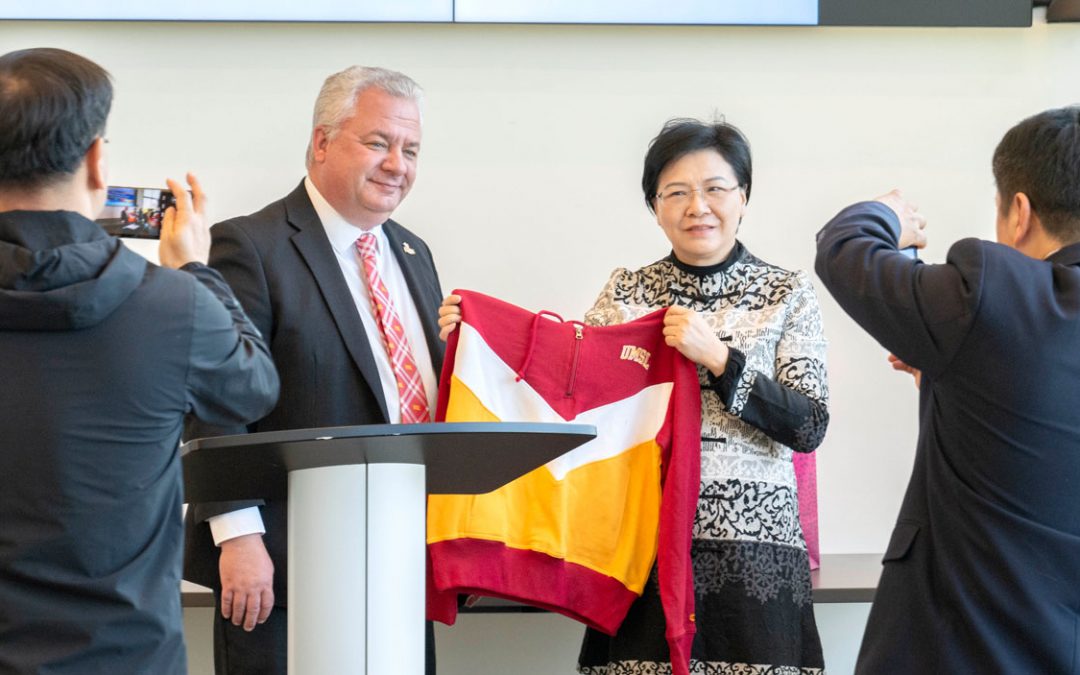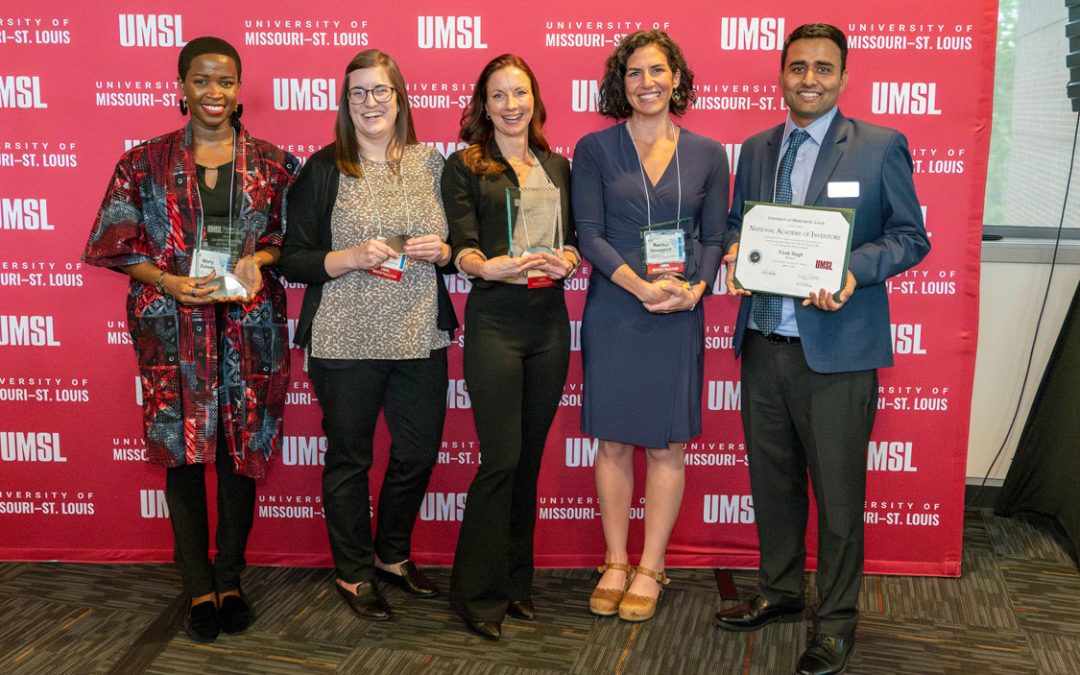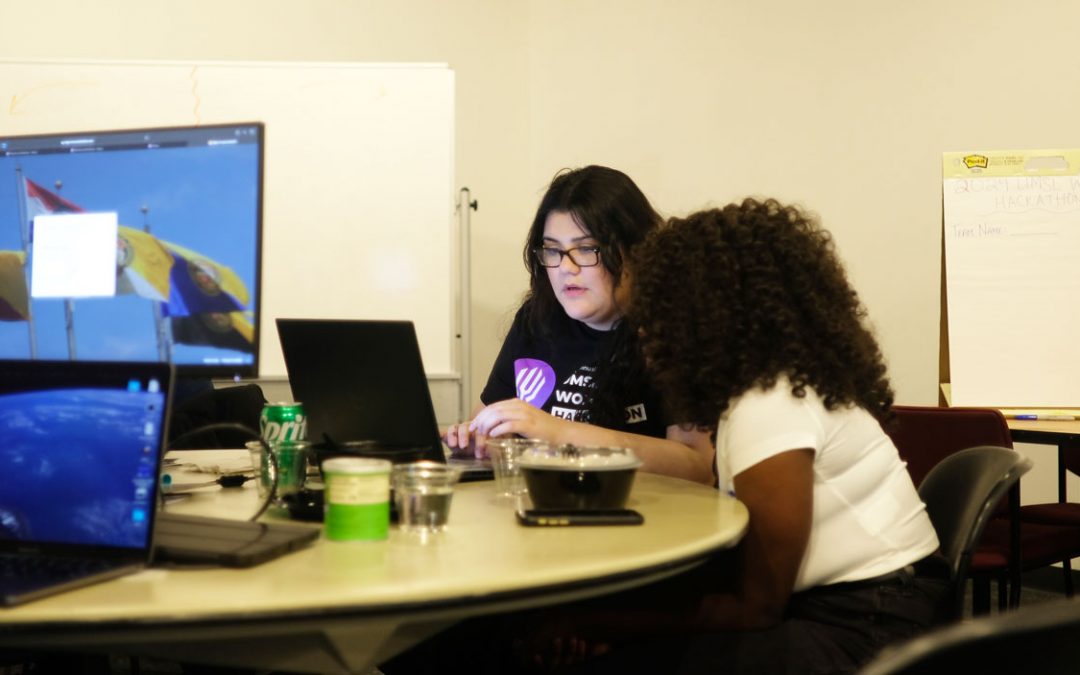
UMSL criminologist David Klinger believes training police officers to use better tactics can reduce the instances of officer-involved shootings. Klinger shared his expertise on the subject with St. Louis Public Radio. (Photo by August Jennewein)
A spate of controversial officer-involved shootings of African Americans in recent years have led to calls across the country for police departments to amend their policies regarding use of force.
That includes in St. Louis, where protesters have marched regularly over the past month since Judge Timothy Wilson acquitted former St. Louis police officer Jason Stockley in the December 2011 shooting death of Anthony Lamar Smith.
St. Louis Metropolitan Police Department policy allows officers to shoot individuals to “protect themselves or others from what is reasonably believed to be an imminent threat of death or serious physical injury.” Wilson, in issuing his verdict, indicated he did not believe the state had proved Stockley wasn’t acting under those parameters when he shot Smith at the end of a high-speed chase.
At the core of the protests is a belief that existing policies give officers too much leeway to kill.
David Klinger, a professor of criminology and criminal justice at the University of Missouri–St. Louis who has researched police shootings and is an expert in police procedures, had another takeaway from his examination of the facts in the Stockley case.
“It’s not good tactics,” the former police officer in Los Angeles and Washington state said in a report this week on St. Louis Public Radio | 90.7 KWMU.
Police training, beginning in the academy, is intended to simplify situations for officers, teaching them sound tactics that it’s hoped will prevent unintended events such as shooting individuals unnecessarily.
Officers are taught to keep a gap between themselves and the people they are dealing with so they have more time to consider all their options, including whether to use force. But Klinger noted that Stockley and his partner, Brian Bianchi, had not done so when they approached Smith’s car at the end of the chase.
“What I would have done is I would have ensured that we both stayed back at the patrol car with our guns drawn, waiting for other units to show up, and then order the suspect out,” Klinger told St. Louis Public Radio reporter Rachel Lippmann. “If he comes out with a gun, and he points it in our direction or threatens us, he gets shot, and then the video is very, very different from the video that had so many people outraged.”
Lippmann’s report said Klinger believes 25 percent of fatal police shootings could have been prevented had officers used better tactics.
“Sometimes an officer doesn’t adhere to his or her training,” he told St. Louis Public Radio. “Sometimes they haven’t been trained well. Sometimes they were trained well 10, 15 years ago when they went to the academy and haven’t gotten any refresher training.”
Read or listen to the full St. Louis Public Radio report here.














